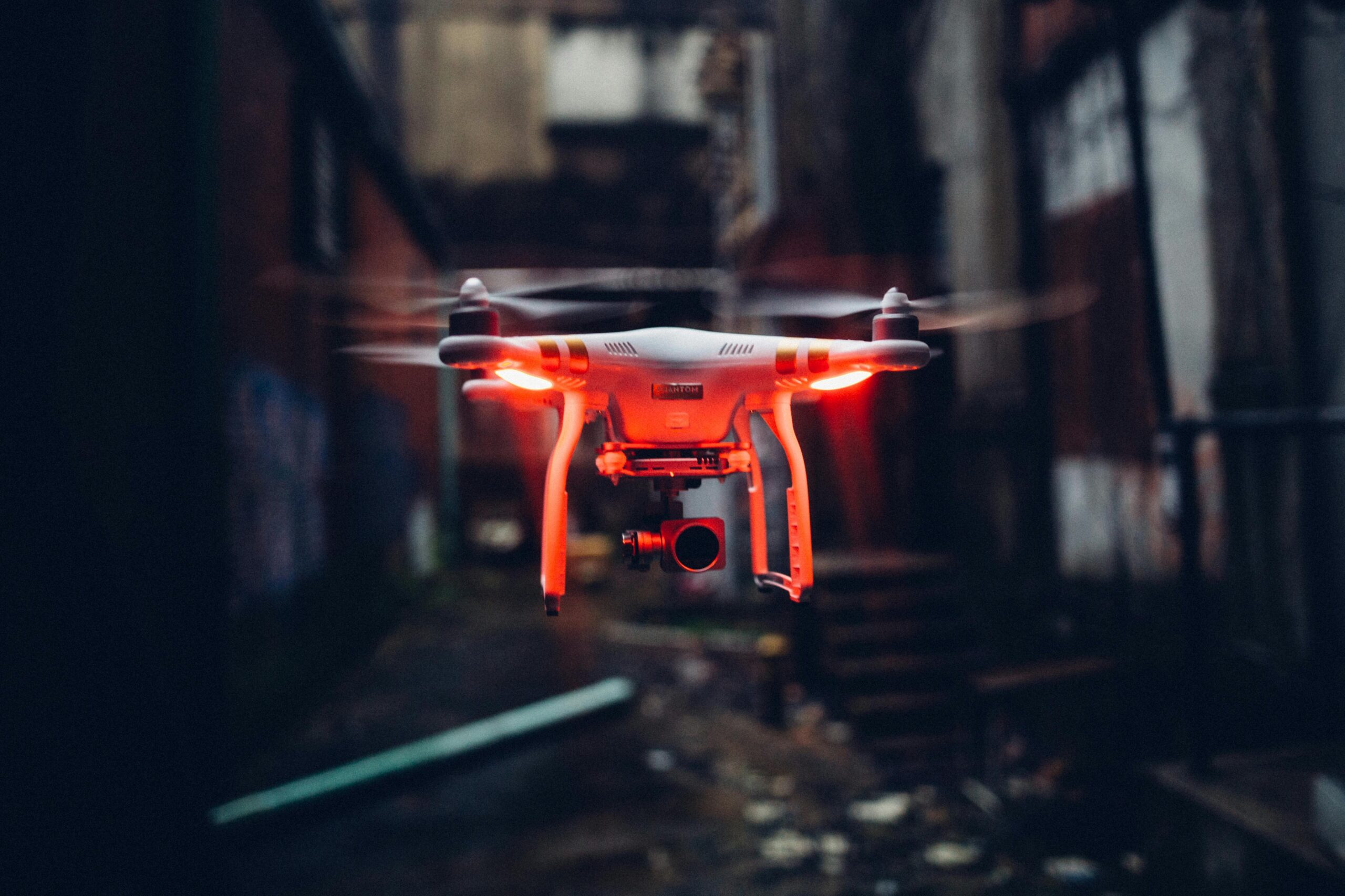Contents
- 1 Mastering Manifestation: Vision Boards 101
- 2 Intro
- 3 Understanding the complete guide to uav: More Than Just a Collage
- 4 The Science Behind Vision Boards: Do They Really Work?
- 5 Gathering Your Vision Board Supplies: What You Need
- 6 Choosing Images That Speak to Your Soul: A Selective Process
- 7 Organizing Your Vision Board: A Place for Everything
- 8 What are the Basics of UAV?
- 9 What are the main components of UAV?
Mastering Manifestation: Vision Boards 101
Intro
Are you looking to manifest your dreams and goals into reality? Then look no further than vision boards. Vision boards have been used for centuries as a powerful tool for manifestation and goal setting. Whether you are new to the concept or looking to take your manifestation practice to the next level, this is the complete guide to uav (Unmanned Aerial Vehicle) boards that you need. In this post, we will cover everything from the basics of vision boards to tips for creating the perfect one, as well as how to use them effectively to manifest your desires. Get ready to unlock the secrets of manifestation and start manifesting your dreams with the help of the complete guide to UAV boards.
Understanding the complete guide to uav: More Than Just a Collage
Understanding vision boards requires recognizing that they’re much more than simple collages of random images and aspirations. At their core, vision boards are a tangible representation of your goals and dreams, serving as a constant reminder of where you want to go and who you wish to become. They function similarly to a roadmap, offering a visual guide and inspiring action towards achieving your objectives. Unlike the straightforward approach of the complete guide to space exploration, which might lay out the steps to understanding the cosmos, vision boards are deeply personal and subjective, inviting an introspective journey into one’s desires and ambitions. By selecting images and words that resonate with your soul, you’re not just crafting a board; you’re defining a path for your future. This nuanced process goes beyond mere decoration or art project; it’s an act of self-exploration and manifestation. Vision boards encapsulate the essence of your aspirations, turning abstract dreams into something you can see, touch, and believe in, thereby bridging the gap between intention and reality.
The Science Behind Vision Boards: Do They Really Work?
The effectiveness of vision boards can seem as mysterious as navigating through uncharted waters, similar to embarking on a nautical campaign without a complete guide. However, recent psychological research offers insights that can illuminate the pathway from visualization to realization. The concept hinges on the Law of Attraction and the psychological phenomenon known as priming. When you surround yourself with images and words that align with your aspirations, your brain begins to recognize and seek out opportunities that may have previously gone unnoticed. This selective attention mechanism works much like a lighthouse guiding ships through the fog—a beacon towards your goals. Additionally, the process of creating and interacting with your vision board can reinforce your commitment to your goals, embedding them deeper into your subconscious. This constant engagement acts as a psychological anchor, much like how sailors use anchors to secure their ships against the capricies of the sea. While the evidence remains largely anecdotal and rooted in psychological theory rather than empirical study, the principles behind vision boards—focus, intention, and belief—are well-established pathways to enhancing motivation and achieving goals. Just as a sailor needs a compass to navigate, a vision board serves as a compass for your personal aspirations, guiding you through the psychological seas towards your dreams.
Gathering Your Vision Board Supplies: What You Need
Creating your vision board starts with gathering the right supplies, a foundational step that ensures your board fully captures your aspirations. At its simplest, you will need a board as the base; this can be a corkboard, poster board, or even a digital platform if you prefer a virtual board. Next, collect magazines, photographs, quotes, and any other imagery that aligns with your goals and dreams. Scissors and glue or pins will be essential for assembling your physical board, allowing you to arrange and secure your chosen elements. For those who are artistically inclined, markers, paint, or decorative items can add a personal touch and enhance the visual appeal of your board. It’s also beneficial to have a comfortable, well-lit workspace where you can lay out your materials and visualize the layout of your board. Remember, the quality of your supplies can influence the tactile experience of creating your vision board and its durability over time. Choose materials that inspire you and resonate with the future you are aiming to manifest.
Choosing Images That Speak to Your Soul: A Selective Process
Selecting images for your vision board is a process that demands introspection and a keen sense of self-awareness. It’s about diving deep into your desires, sifting through the myriad of possibilities, and choosing visuals that resonate with your core. This selective process is akin to completing the yellow program nodes in a complex project; it requires attention to detail, patience, and a clear understanding of the end goal. Begin by reflecting on what truly motivates you, the aspirations that light a fire in your heart, and the milestones you wish to achieve. As you sift through magazines, photographs, and online resources, pay attention to the immediate emotional response elicited by an image. Does it spark joy, ignite passion, or instill a sense of peace? Only those images that stir a profound emotional or motivational response should find a place on your board. This critical selection process ensures that every piece of your vision board is charged with intention, acting as a powerful catalyst for manifestation. Remember, each image is a brick in the foundation of your future, chosen by you to symbolize and propel you towards your dreams.
Organizing Your Vision Board: A Place for Everything
Once you’ve selected your images and materials, organizing your vision board becomes the next critical step. Think of it as creating a 7 line uas report for your dreams and goals—each element must be placed with intention, ensuring clarity and focus. Begin by categorizing your aspirations: personal growth, career milestones, health goals, and relationships, for instance. This categorization will help you decide where each image or quote should be positioned on the board for maximum impact and coherence. Consider the layout—some prefer a segmented approach, dedicating specific areas of the board to different categories, while others opt for a more fluid, intuitive arrangement where images and words overlap and interact. The key is to create a visual flow that guides the eye and inspires the mind, allowing each element to speak to you without clutter or confusion. By thoughtfully organizing your vision board, you ensure that every glance serves as a reminder and motivation towards your goals, mirroring the precision and purpose of a 7 line uas report in guiding actions towards intended outcomes.
What are the Basics of UAV?
The Future of UAV Technology and Its Implications
Understanding the basics of UAV is crucial for grasping the vast potential and future implications of this evolving technology. UAV, or Unmanned Aerial Vehicles, have transcended their initial military applications and are now reshaping industries ranging from agriculture to delivery services. The future of UAV technology promises even broader impacts, with innovations likely to introduce more autonomous capabilities, enhanced battery life, and improved data processing abilities.
The implications of these advancements are both exhilarating and complex. On one hand, UAVs are set to revolutionize sectors by offering efficient, cost-effective solutions for tasks such as crop monitoring, search and rescue operations, and infrastructure inspection. On the other hand, the proliferation of UAVs presents challenges in terms of privacy, security, and airspace management.
As UAV technology continues to evolve, it’s essential to navigate these implications carefully. Regulatory frameworks, ethical guidelines, and technological safeguards will play pivotal roles in ensuring UAVs contribute positively to society. By understanding the basics of UAV, stakeholders can better prepare for a future where UAVs are an integral part of our daily lives, fostering innovation while addressing the associated risks and concerns.
What are the main components of UAV?
Safety Features: Ensuring Safe Flights
In the intricate world of unmanned aerial vehicles (UAVs), safety features are paramount, not just for the UAV’s longevity but also for the safety of the surrounding environment. One of the main components dedicated to safety is the fail-safe mechanisms integrated into UAV systems. These mechanisms are designed to kick in during critical failures, such as loss of control signal or power failure, guiding the UAV to a safe landing or executing a return-to-home (RTH) procedure.
Another crucial safety component is the geo-fencing technology, which uses GPS or RFID to create virtual boundaries that the UAV cannot cross. This technology is instrumental in preventing UAVs from entering restricted airspace or hazardous areas, thereby mitigating potential conflicts with manned aircraft and ensuring compliance with local aviation laws.
Redundancy is also a significant aspect of UAV safety, with critical systems like propulsion, navigation, and communication often having backups. This redundancy ensures that if one system fails, another can take over, allowing the UAV to complete its mission or return safely.
Lastly, collision avoidance systems, which utilize sensors and algorithms to detect and avoid obstacles, are becoming increasingly sophisticated, providing another layer of safety by preventing accidents before they occur.
Together, these components underscore the importance of safety in UAV operations, ensuring that these complex systems can be operated reliably and safely in diverse conditions and environments.


